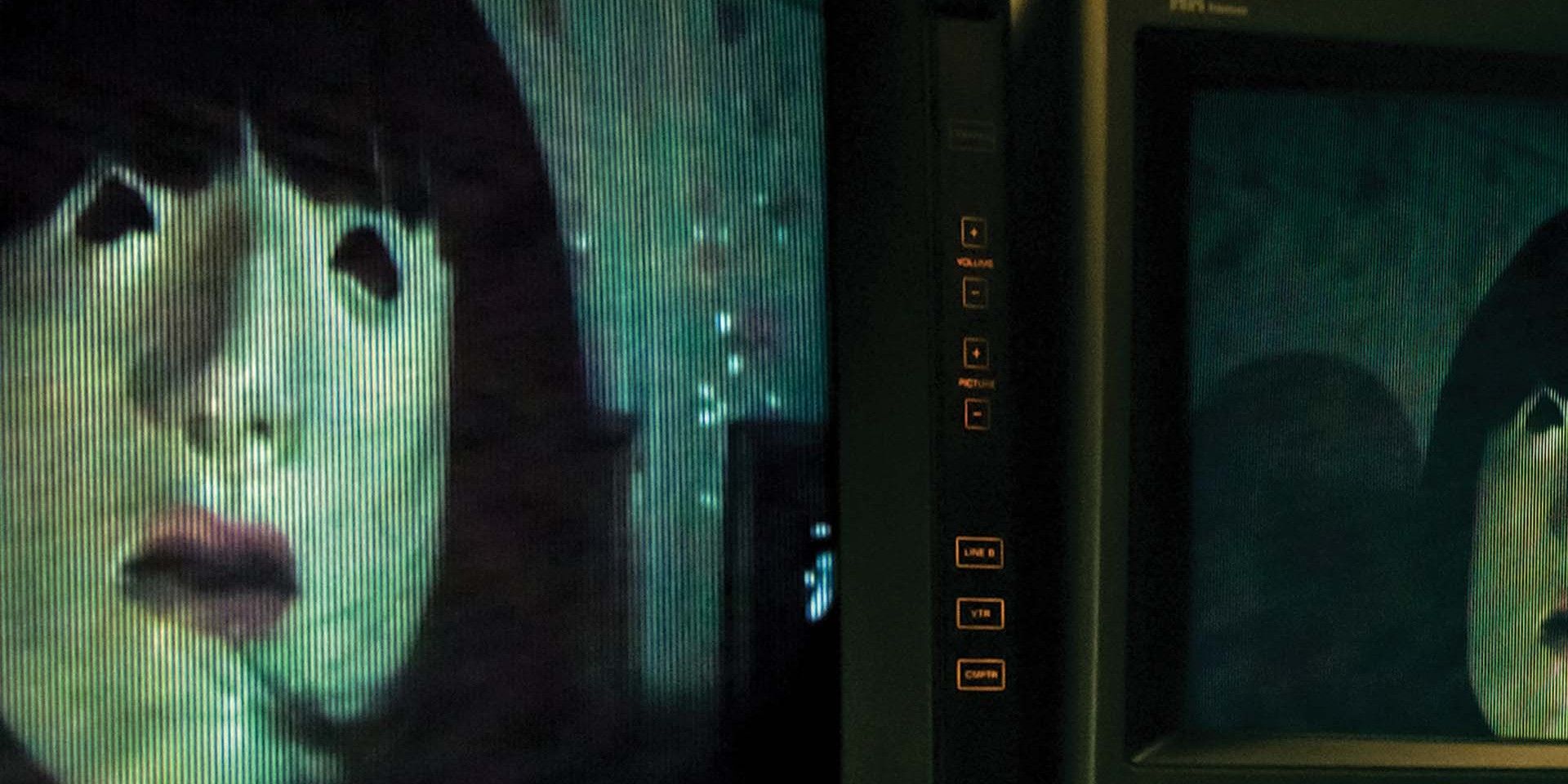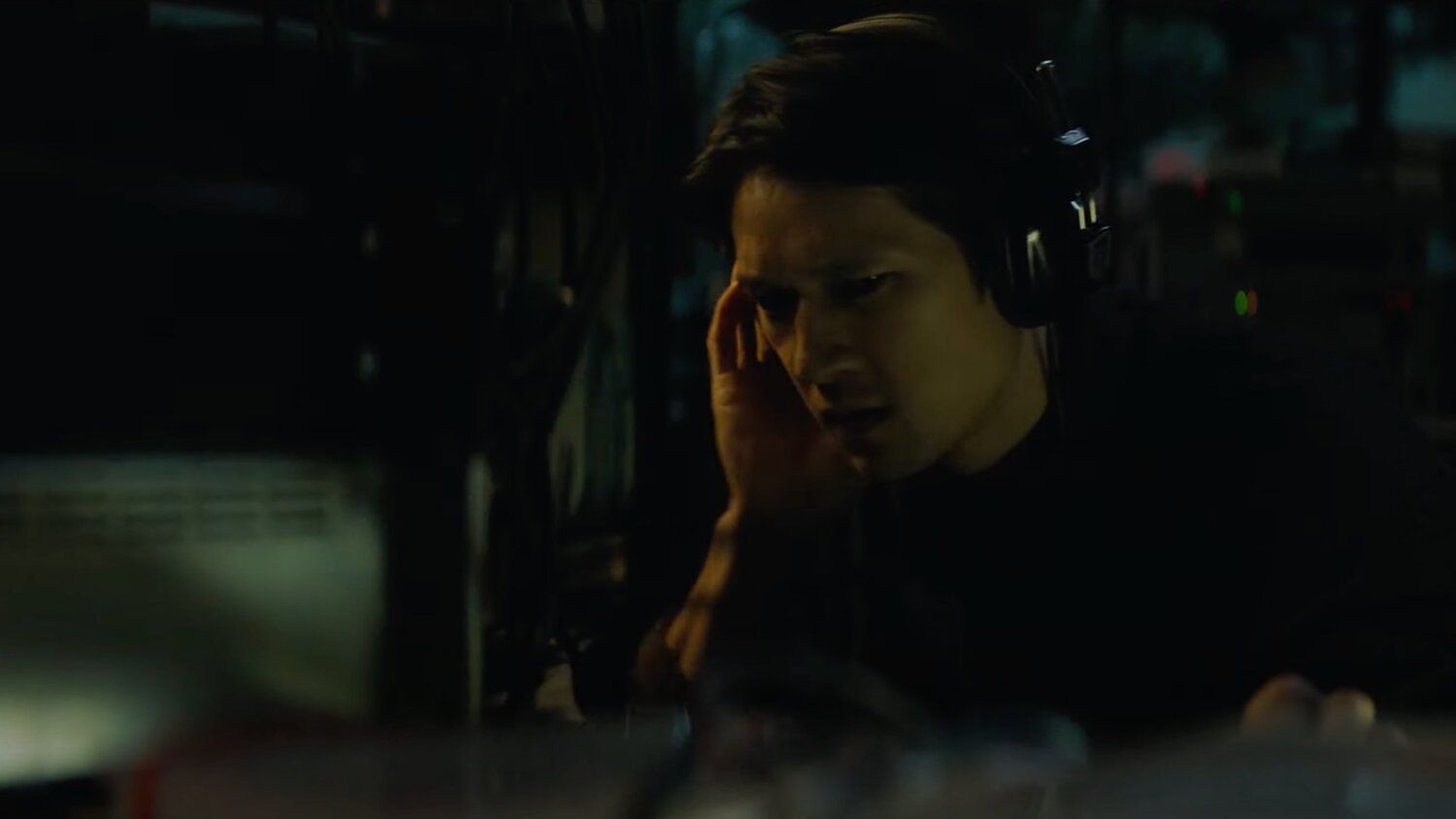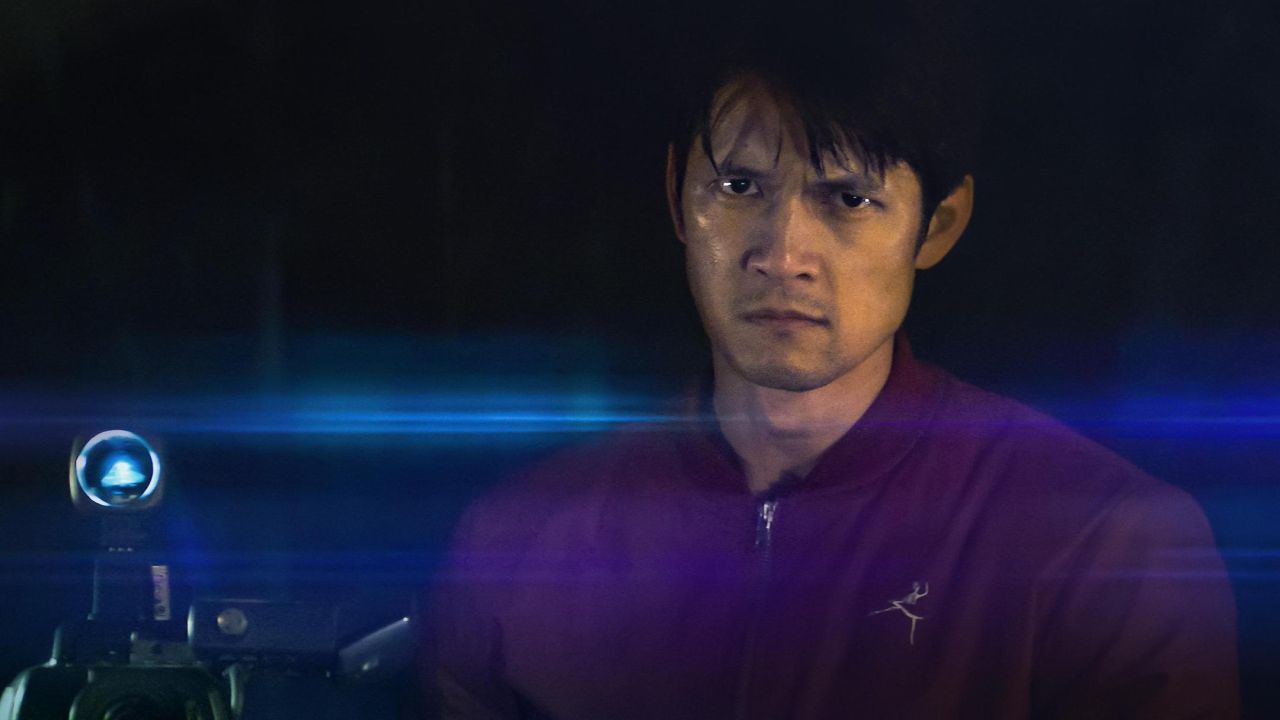With the psychological horror-thriller film Broadcast Signal Intrusion delving deeply into paranoid conspiracy theories, director Jacob Gentry looked to classic political thrillers and conspiracy theory films of the past to influence his new movie. Working closely with the entire cast and crew, Gentry crafted a thriller that evokes the thrills of an era long past while weaving in plenty of modern tricks and sensibilities. Broadcast Signal Intrusion looks back on the broadcast intrusion phenomena while its story feels just as relevant and effective today.
In an exclusive interview with CBR, Gentry discussed the classic films that influenced his direction of Broadcast Signal Intrusion. Gentry also revealed how the script's unsettling nature drew him to the project and explained how he crafted the film's psychological thrills.
What was it about this script and project that really intrigued you, Jacob?
Jacob Gentry: I felt very unsettled by the material and I didn't know why I was unsettled by it. I'm not really squeamish and I don't really get freaked out by horror movies on a deep level: it's more of an analytical thing or appreciating it on an art level. My horror director friends and I speak about them the way I think comedians talk about jokes, instead of being scared, just going, "Oh, that's scary!" But this material really unsettled me and I wanted to know more and investigate this feeling further because I couldn't put my finger on it.
It wasn't a phobia I have but there was something about videotapes and even something about things that have an uncanny valley, a unsettlingness because there's just something off about them. That was the first chunk of the movie. I needed to know why am I so freaked about this and that really drew me into this in the same way as going down a rabbit hole about a broadcast signal intrusion -- an unsolved mystery, like the Max Headroom incident, that starts as a curiosity and then becomes a fascination.
With this film dealing with analog film as opposed to our digital world, how was it developing the cinematographer for this film with Director of Photography Scott Thiele?
This movie is definitely trying to take the form of '70s paranoia conspiracy thrillers. Gordon Willis, being the cinematographer for Alan Pakula's paranoia trilogy, is one of the greats of all time. It was a matter of recreating that vibe but also looking at Vilmos Zsigmond's work in Blow Out, which was a completely different form of cinematography than what Gordon Willis was doing. How can we use those tools to create this feeling of anxiety? We updated it using story and what happens in the story and the structural elements of the narrative but the photography and everything needed to feel like it was perhaps really prescient in an earlier time.
Ben Lovett also did that with the score. We took the score and ran it through video recorders to degrade it. It was like the idea of having the visuals, that Scott and I talked a lot about, that should really become [the protagonist's] psyche. We shoot it really formalistically in the first part and then it eventually unwinds like the videotape for the main character.
Over the film, we see James start to progressively unravel and lose his grip on this growing obsession. How was it working out that sense of pacing with Harry Shum, Jr.?
Harry's just brilliant! He's wonderful to work with but also very smart about rhythm, which is something I'm also interested in. I think because this is a very first-person, subjective narrative and all the good and bad that comes with that. It's a first-person, subjective [narrative] but also differentiating between the media he's consuming, his dreams and the future and past starting to blur and, within that, the audience is hopefully taken on a ride similar to what he's going through while also having the privilege having the parallax view of what he's doing and also having the tension and suspense of being afraid for someone.
We see this person and get inside of him looking at him doing mundane things. He's active and trying to accomplish tasks, and hopefully, you'll start to get the feeling of paranoia the same way he does. Harry's an amazing actor and can draw you in because he's so relatable. He's very charming and good-looking and all these things so when he starts to unwind and go down a rabbit hole and lose a grip on some rationality, it starts to feel unsettling.
I was struck by the scene in the dive bar between James and Alice passing shots. How was it working with them on a lighter scene, with still plenty going on under the surface?
They're fantastic actors, first of all, I love working with both of them and I think they had a lot of chemistry with each other. A director friend of mine said he wanted a whole movie of just these two people solving crimes together. Mike Nichols was quoting Elaine May when he was saying, "Every scene is either a seduction or a negotiation." And, if you notice, there is a lot of that with both of them. She is someone who is streetwise and has had to hustle her way into situations, because of where she's ended up in life, to survive she feels like she has to do these things.
A lot of their scenes are simply just negotiations. They're making deals. How they react to those deals is where you can get a lot of the interesting development of them as a team, but also as individuals. It's fun with the rat-a-tat of that. You can find the humor that can defuse some of the heavier, potentially maudlin, aspects of revealing past traumas.
In terms of tone, a lot of conspiracy thrillers, like The Parallax View and The Conversation, are very self-serious but this film has a sense of humor about it. How is it balancing that?
I think that one of the funniest moments from any movie is from The Thing where they go, "You gotta be fucking kidding!" That is a laugh-out-loud moment and the audience is in tears and it's so horrific. Humor and horror kind of lie in the same space of suspense: it's about building the tension of something and relieving you with either a punchline or a thrill. It's about finding moments where you can bring a satirical, dark, comedic edge to aspects just to make it more human.
Looking at All the President's Men, there's a lot of good humor and banter between Robert Redford and Dustin Hoffman. They have moments where they're just funny but it also hopefully brings you closer to them. It's not about the idea to have jokes. It's about the idea that if it's so cold, there can be an emotional distance. In order to get drawn into this mystery the way that [James] is, you have to relate on a human level.
James is a character who is already a little off when we first see him, with the spools of film lying around him as he works. How was it working this out with Sarah Sharp for costuming, production design, and color saturation?
Sarah is a brilliant production designer and she's also the costume designer on this movie as well. She did double duty. She's just an amazing person. There were actually a lot of story things, from our conversations and collaborations, came out of, like, "What if we give even more detail to this stuff?" Detail is an important thing, for something that's inspired by things that actually happened -- like in a period-piece when you want to give the feeling of transporting -- but we've also got three periods here.
You've got '70s conspiracy thrillers, which is the aesthetic of it, with the structural components and tropes. You've got the '80s with the Max Headroom incident or Captain Midnight, the actual, real-life broadcast intrusions, and the one in our film, the Sal-E Sparx incident set in the '80s. And then our film is set in the '90s so we have to find a way to make all these time periods work for the movie rather than being cute, cool, and retro. It's really meant to give a sense of what it's like to be in the main character's purview.
A lot of that stuff was just reflecting the story and there's a lot of storytelling that's done in the costume and production design. The house towards the end of the movie, Sarah didn't actually have to do that much because it was one of the greatest locations that I've ever seen. It has the real end of Season 1 of True Detective vibes, for sure. [laughs]
What's something you hope audiences walk away with after seeing the film?
I would love it if the parking lot or after-movie coffee conversation happens because you see a lot of good movies you then don't really think about. Some movies, you're not sure about but you just can't stop thinking about them. I want it to stick in there and perhaps it has an exciting life for the audience after the movie is over. Maybe you go down your own rabbit hole from something the movie inspired or talk with a friend about something you thought was the truth about some of the things that were left a bit more ambiguous. That's the hope, in people thinking and talking about it, because those are the movies I aspire to make and love. I can only hope to have something like that.
Directed by Jacob Gentry, Broadcast Signal Intrusion is in theaters now and available to purchase or rent on digital HD.




